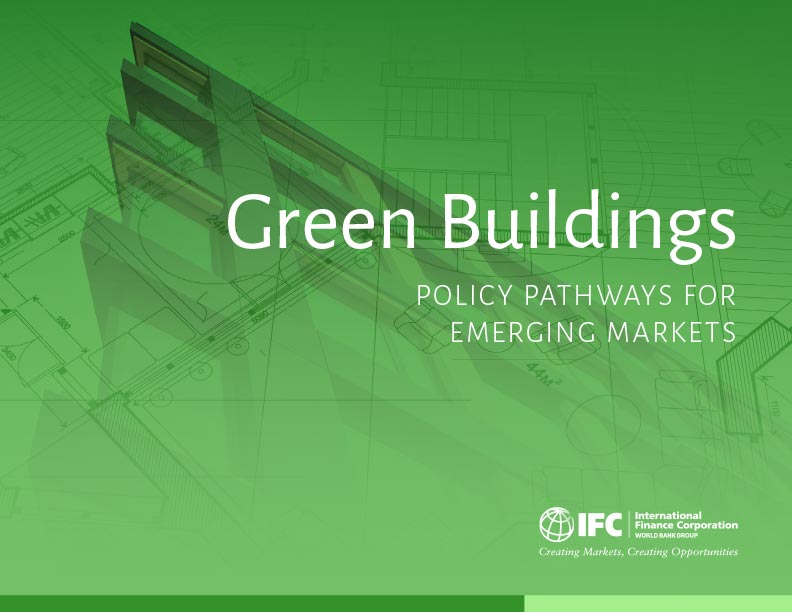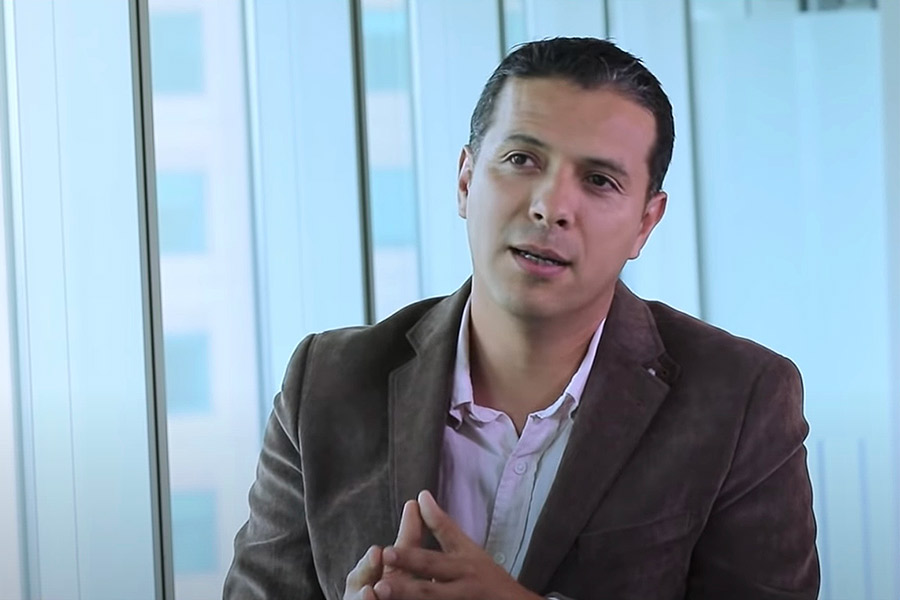Governments
Lay the foundation for a greener built environment in your community through the adoption of government incentives and green building codes that promote eco-friendly architecture, net-zero buildings, and the use of sustainable construction materials.
Public policy support for green buildings?
What public policy support can governments provide for green buildings and sustainable building practices? Governments may adopt a variety of incentives to stimulate green building growth in local communities, where buildings comprise 40% of energy use. These incentives can positively affect job creation and reduce air pollution while helping fulfill contributions to sustainability and greenhouse gas reduction goals. With more countries setting goals to reduce CO₂ emissions and pollution, decisive action must be taken to stimulate net-zero building growth.
Discover governments incentives.
Discover which governments have already spurred green building growth in emerging markets through incentives. Governments are motivating property developers to certify green using EDGE or complementary systems like LEED certification, IGBC certification, or Greenship certification. Check out their exact offerings or download the Government Incentives for EDGE chart.
Property Tax Incentive
Offer a lower property tax rate to developers for one or more years to offset the extra costs of using eco-friendly building materials.
Height Bonus
Allow developers to increase the height of their buildings, either as extra floors or a percentage of total floor area when projects meet sustainable building design standards.
Expedited Permitting
Limit the permitting process to a minimum number of days for green construction projects.
Reduced Permitting
Waive or partially reimburse permit fees for developers who certify their projects with a green building certification program.
Grants
Incentivize solutions such as solar power or net-zero energy systems by providing block grants to cities and states. Or grants can go directly to developers to subsidize the cost of certification.
Loan Programs
Set up a loan fund at the central bank level so developers who build with sustainable building materials can receive reduced interest rates.
Technical Assistance
Train planners, building inspectors, and other government staff on how to qualify green buildings using EDGE or other energy and environmental design software. The EDGE technical team can help.
Net Metering
Work with utility companies to enable building owners to generate renewable energy to the grid, resulting in carbon positive buildings which can be certified with EDGE.
Public Campaigns
Generate public support through advocacy efforts and emphasize the benefits of eco-friendly architecture. Work with utility companies to build evidence of results and communicate successes to the public.
Green Building Legislation
Bundle a certification standard such as EDGE directly into a new set of green building codes.
Incorporate green building codes to further stimulate green building growth in your community.
Green building incentives encourage voluntary certification. Incentives work best when layered over mandatory codes that are frequently updated and enforced. Governments can endorse a green building certification with third-party verification, such as EDGE, and embed it in the building permitting process as an alternative compliance method to meet and exceed sustainable development goals.
The EDGE App can be used to ensure buildings demonstrate resource efficiency of 20 percent in the categories of energy, water, and embodied energy in materials, with certification guaranteeing an independently validated approach to green construction materials and environmentally friendly building products.
Together, they create the “push and pull” that is required to achieve true market transformation.
Get Started
If you work with a government and would like any assistance in this area, please reach out to us at edge@ifc.org and we would be happy to assist you.


